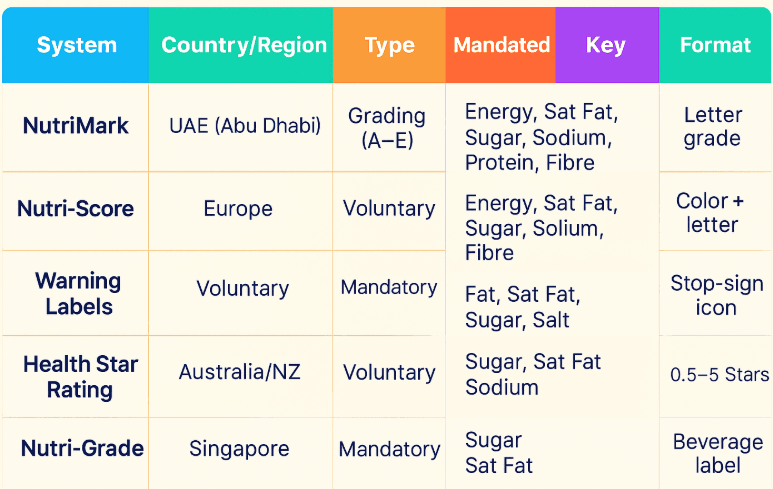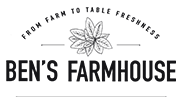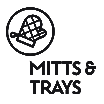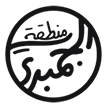Halal Food Labeling in the UAE: A Complete Guide for Manufacturers and Distributors
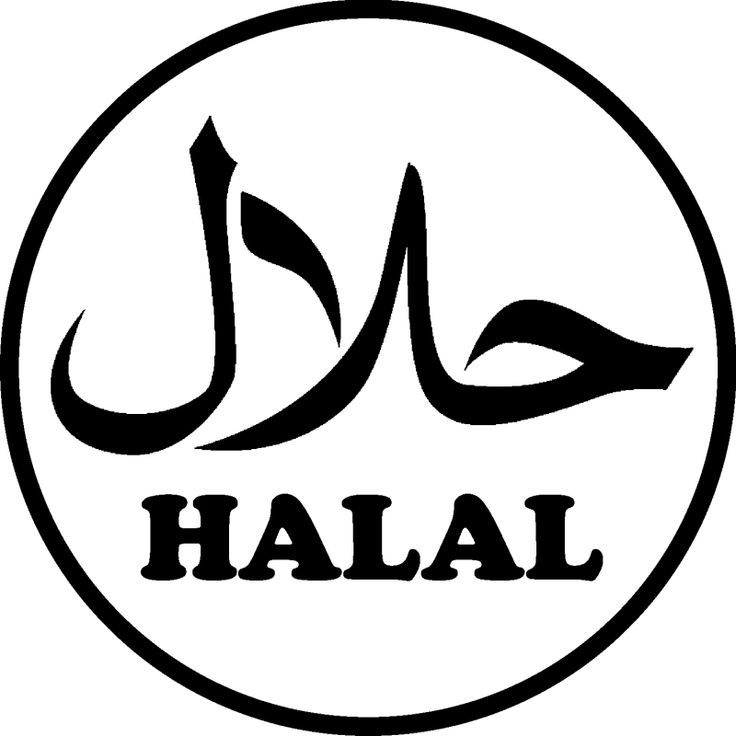
Entering the UAE food market requires not only compliance with general food safety and labeling standards but also a deep understanding of Halal food labeling regulations. As a predominantly Muslim country, the UAE enforces strict Halal certification and labeling requirements to ensure that food products meet Islamic dietary laws.
Whether you're manufacturing locally or exporting to the Emirates, this blog serves as your comprehensive guide to Halal food labeling in the UAE—based on guidelines from ESMA, Dubai Municipality, and GSO standards.
1. What Does Halal Mean in Food?
The term Halal refers to anything that is permissible under Islamic law. In the context of food, Halal means the product:
-Does not contain any forbidden (haram) ingredients (e.g., pork, alcohol)
-Has been slaughtered according to Islamic guidelines
-Is free from cross-contamination with haram substances
To use the Halal label in the UAE, you must meet strict criteria and follow approved certification and labeling protocols.
2. Who Regulates Halal Labeling in the UAE?
In the UAE, Halal food labeling is regulated by:
-ESMA (Emirates Authority for Standardization and Metrology) – now under MoIAT
-Dubai Municipality – for label review and product registration
-GSO (Gulf Standardization Organization) – regional framework for Halal standards
Relevant standards include:
-UAE.S 2055-1: Halal Food – General Requirements
-UAE.S 2055-2: Halal Products – Certification Requirements
-GSO 993: Requirements of Halal Slaughtering
Compliance with these standards is mandatory for any product bearing the Halal logo or using the term “Halal” in labeling or marketing.
3. When Is Halal Certification Required?
Halal certification is required for:
-Meat and poultry products
-Gelatin, rennet, and similar animal-derived ingredients
-Processed food items containing animal-based components
-Imported food labeled as “Halal”
-Any food using Halal logos or claims
Even if a product is inherently plant-based, if labeled “Halal,” the certification must be documented.
Exemptions:
Some fresh fruits, vegetables, grains, and plant-based products may not require certification, but they must not contain non-Halal additives or be cross-contaminated during processing.
4. What Information Must Be on a Halal Label?
For products to be labeled as Halal in the UAE, the label must clearly include:
-The word “Halal” in Arabic (حلال) and English
-The Halal certification body logo, recognized by ESMA
-Name of the certifying authority
-Validity of the Halal certificate (may be required during product registration)
✅ Correct labeling example:
Halal (حلال)
Certified by: [Approved Certifying Body]
Certification Number: XXXX
❌ Incorrect labeling example:
“100% Natural - Halal” (without certifier, Arabic translation, or logo)
Any vague or unsubstantiated Halal claims are not allowed under UAE regulations.
5. Approved Halal Certification Bodies
Not all certifiers are accepted in the UAE. The UAE Halal Accreditation Scheme (HALAL.NK) manages a list of recognized Halal certification bodies from both local and international markets.
To be accepted in Dubai or any UAE emirate, the certification body must be:
-Registered with ESMA or now MoIAT (Ministry of Industry and Advanced Technology)
-Compliant with UAE.S 2055-2 standards
-Subject to annual audits and re-approval
When importing food, ensure that your Halal certifier is approved by UAE authorities, or your product may be rejected at the port.
6. Ingredients to Watch for in Halal Labeling
To maintain Halal integrity, manufacturers and distributors must avoid:
-Pork and pork by-products (e.g., lard, gelatin from pork)
-Alcohol (including ethanol used as a solvent or preservative)
-Unspecified animal fats or enzymes unless certified Halal
-Cross-contamination during production, storage, or transport
Be cautious with these common ingredients that often require scrutiny:
Ingredient Halal Status
Gelatin Only Halal if derived from Halal-slaughtered animals
Glycerin Needs source verification
Lecithin Generally Halal (especially soy-based)
Emulsifiers (E471) May be animal-derived; confirm source
Flavors Must be alcohol-free and Halal-certified
7. Translation Requirements
Dubai Municipality requires that food labels be provided in both Arabic and English, especially for:
-The word “Halal”
-Ingredient lists
-Allergens and storage instructions
-Manufacturer or certifier details
Mismatched translations or omitting the Arabic “حلال” when using “Halal” in English can lead to rejection during the label review process.
8. How Halal Labeling Is Reviewed in Dubai
In Dubai, all products go through a label approval process before being registered in the Food Import and Re-export System (FIRS).
Steps include:
-Submit product for label review to Dubai Municipality
-Provide a valid Halal certificate from a recognized body
-Ensure label includes all required Halal elements in Arabic and English
-Match product content with certificate documentation
Products that fail the Halal labeling criteria are either rejected or require resubmission with corrections.
9. Challenges Faced by Food Businesses
Manufacturers and distributors often encounter:
-Using non-approved certifiers
-Incorrect Arabic translation of “Halal”
-Missing certifier name or logo on label
-Unintentional use of non-Halal additives (e.g., E120 – carmine)
-Lack of Halal documentation for imported ingredients
To avoid these issues, businesses should build a Halal compliance checklist and work with trusted consultants or software tools that assist with ingredient screening.
10. Final Halal Labeling Checklist
Here’s a simplified Halal labeling checklist for UAE market entry:
✅ Verify all animal-based ingredients are Halal-certified
✅ Use only ESMA-approved Halal certification bodies
✅ Display “Halal” in Arabic (حلال) and English on the label
✅ Include certifier name, logo, and certificate reference
✅ Avoid alcohol, pork derivatives, and unclear emulsifiers
✅ Ensure Arabic-English translation is consistent
✅ Keep documentation ready for all ingredients and certification
Conclusion
Halal food labeling in the UAE is not just a marketing choice—it's a legal requirement. For manufacturers and distributors, especially those entering Dubai’s regulated food market, ensuring Halal compliance is essential to avoid delays, penalties, or product rejection.
By adhering to UAE.S 2055-1, working with approved certification bodies, and correctly labeling Halal products in both Arabic and English, your business can operate confidently and ethically in one of the world’s most dynamic food markets.
Understanding and applying proper Halal food labeling regulations in Dubai is not only about compliance—it’s about respecting cultural and religious values, building consumer trust, and positioning your brand as responsible and transparent.
Disclaimer:
This blog is for informational purposes only and does not constitute legal or regulatory advice. Businesses are responsible for verifying all Halal labeling requirements with relevant UAE authorities, including ESMA and Dubai Municipality, before launching products in the market.
Government Partnership
Coming Soon
Frequently Asked Questions
NutriCal provides comprehensive nutritional analysis beyond calorie counts, encompassing allergens, meal types, and customized food labels. You can also effectively manage recipes, tailor menus, and generate insightful reports.
NutriCal is an online platform accessible from anywhere with an internet connection. Our services have a global reach, with a strong focus in the GCC region.
NutriCal collaborates with a diverse range of establishments, including food brands, suppliers, retail chains, and restaurants in the GCC.
Absolutely! NutriCal offers a complimentary trial period. Reach out to us to initiate your trial experience on our platform.
For detailed pricing information, please get in touch with our dedicated sales team. Our pricing plans are flexible and tailored to suit your specific business requirements.
We provide both monthly and annual subscription plans, granting you the choice to select the payment option that aligns best with your preferences.
NutriCal allows seamless integration of missing ingredients through credible data sources, ensuring a complete and personalized database.
NutriCal's data originates from reputable sources such as USDA and undergoes rigorous theoretical analysis, ensuring utmost precision in nutritional calculations.

